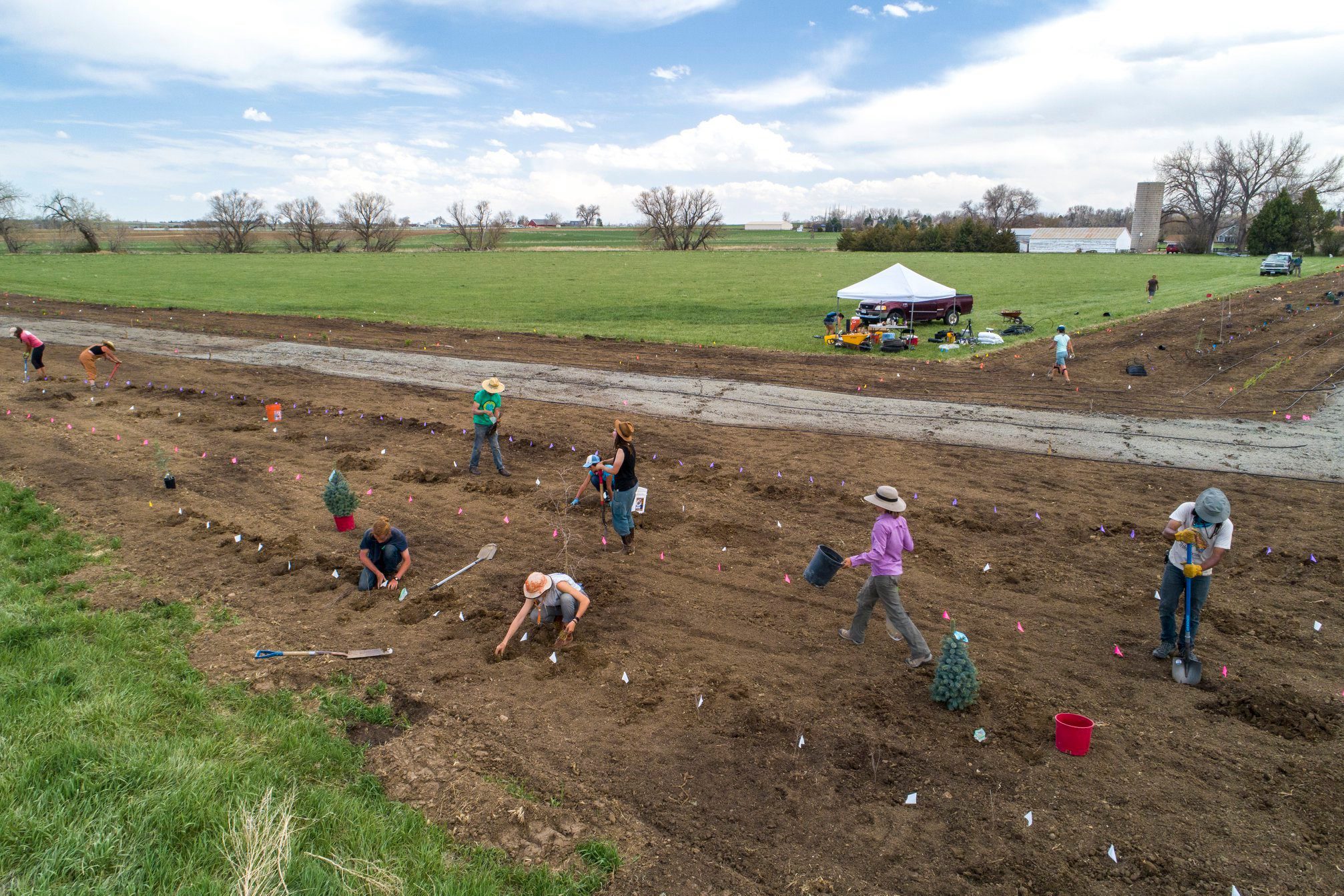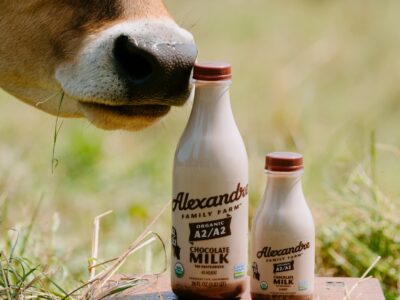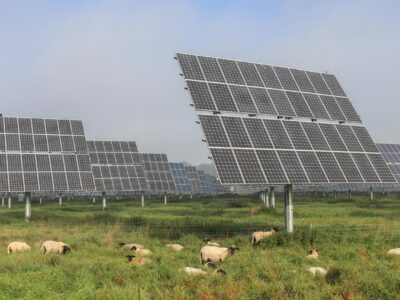It’s not uncommon to find renewable energy sources occupying the same land farmers use to grow their crops. Functionally, there’s minimal overlap. Throughout the Midwest, wind turbines tower over land used for growing corn or soy but operate in distinctly separate spheres.
For Colorado farmer Byron Kominek, the interrelationship between renewable energy sources and his crops represents a unique opportunity still largely unexplored by growers across the country. His practice, agrivoltaics, exists at the intersection between agriculture and large-scale solar farming. His farm, Jack’s Solar Garden, is the largest produce-producing agrivoltaics farm in the U.S.
With nearly 3,300 solar panels installed on his five-acre solar garden, the land is a cornucopia in Colorado’s hot, arid climate. The farm’s roots started considerably simpler. It was initially a hay and wheat farm purchased in 1972 by Kominek’s grandfather Jack, for whom Jack’s Solar Garden is named. Jack passed away in 1980, but the tradition continued for almost another 40 years until Kominek returned home from the Peace Corp in 2019 to find the farm struggling.

His response was to turn his nearly 50-year-old business into a solar farm, but the county had other ideas saying it must be used for farming. With the help of researchers from Colorado State University and the National Renewable Energy Lab (NREL), they developed a way for a full solar array to mutually coexist with a healthy farm.
The solar panels help shade his crops, providing relief from the beating sun that some plants need to prosper while keeping the irrigation water from evaporating, which saves Kominek money and conserves water.
The crops, on the other hand, help keep the solar panels cooler, which improves their efficacy, making the solar farm a beautifully symbiotic ecosystem. However, Kominek has added to solar gardening by implementing sustainable practices like no-till farming and planting native cover crops to improve soil nutrient structure and biodiversity.
Jack’s Solar Garden has grown immensely since its first growing season. The current 1.2 Megawatt array alone can provide the farm with more than $327,000 additional revenue while producing enough electricity to power 300 homes. As for his land, Kominek grows nearly 40 different crops during a growing season, resulting in almost 6,000 pounds of produce last year. Much of it went to local food banks, like OurCenter, to help those in need.
Kominek is using the success of his farm to be a model for others looking for a more sustainable way to operate, both financially and agriculturally. Created in tandem with Jack’s Solar Garden, the Colorado Agrivoltaic Learning Center nonprofit is one of the ways he’s spreading agrivoltaics to farmers across the states.
His nonprofit brings schools and community groups to the farm and his 19-acre agroforestry research facility to learn about the practice and other sustainable farming techniques.
As of late 2021, more than 500 guests have seen the farm, and another 600 have learned its practices through off-site presentations. “What we want to do with the nonprofit is to teach people about land stewardship. There’s the potential for millions of acres of land to go underneath solar panels in the coming decades, and all that land does not need to be wasted,” Kominek says.
By 2030, solar arrays will cover nearly 2 million acres of land. Kominek wants to make Jack’s Solar Garden an example of the sustainability of the practice.
“Over the next few years, the U.S. will see the largest peaceful land transition that the world has ever seen as older generations pass on land management to the next generation,” Kominek says. “The question is, ‘are these lands going to be producing enough revenue, or is climate change going to be too harsh for these lands to grow food?’” It seems that with Kominek’s way of doing things, there’s the opportunity for a more lucrative and sustainable solution.





